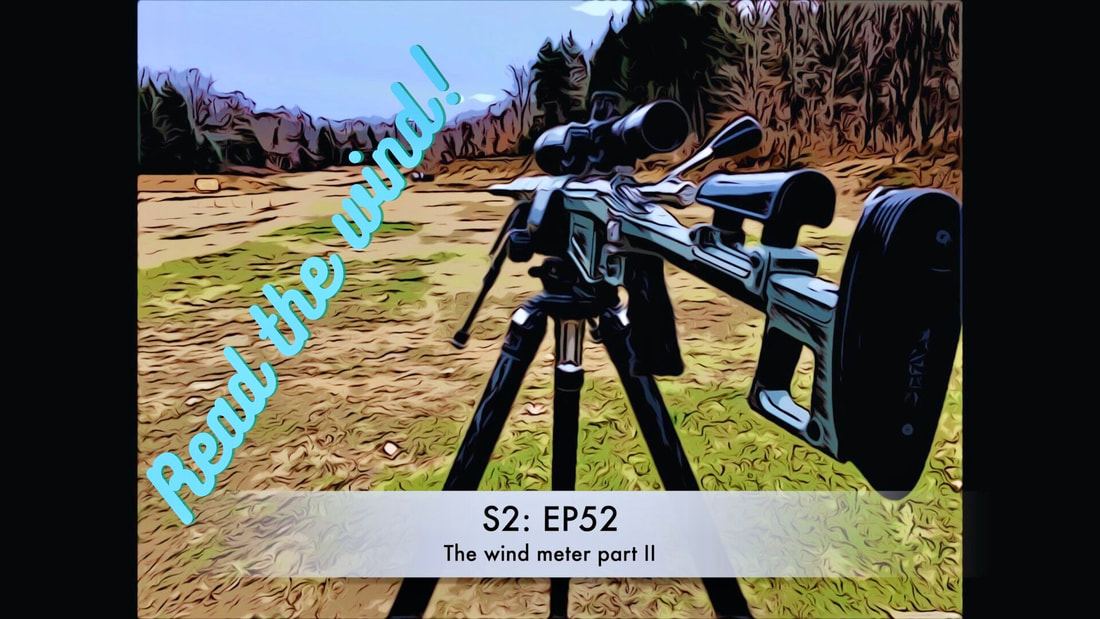|
The wind meter is a great tool, but often times not used as correctly or looked at correctly for those that want to grow into great wind callers. The wind meter will tell you the speed of the wind. It will also provide some input on the direction it is coming from. But it will not teach you to read the wind. Too often, shooters' eyes are focused on the screen of the meter and not out in the environment where they should be. The meter should be a training tool, stepping stone or a bridge to span the gap of what the speed is and how it looks and feels in the environment.
Like all technology, it is only good at one thing....data. But, you have to do the work to learn what that looks like in the field, how it is felt on the skin and what that means or how does that translate to a speed that you can then use to make your call. The wind meter should be the tool to teach you the wind, not just used for speed. You should be able to look at the environment and all the things that surround you and use them as tools or gauging blocks to calculate a wind speed or in the beginning to start guessing. Then, use the wind meter to see if you got it right or how far off you were. When I was young with a daughter of about 5-7 years old, I took my wind meter with me everywhere. Taking dogs for a walk and to kids' soccer games. My wife often would look at me like wives often do, with that confused and questioning your sanity look. But I would feel the wind, look at it., and ry to see how it is moving and what was it's rhythm. Then, I would pull out the old yellow Kestrel and see how close to the actual speed I really was. This went on for years, varmint hunting and even match shooting. I would try to read the wind first, then use the wind meter to see if I got it right. One thing that led me to this post is the simple fact that too often at the schools, students focus on the screen. They fail to look beyond the meter to see that those conditions look like in mother nature. She will show you, but you have to do the work and have the patience to learn her. To be honest, I don't think she cares if you get it right or wrong. But she will show you the answer if you just look. At the school, I often get grief now and then from students asking "where are the wind flags?" I tell them there are a thousand of them out there, can't you see them. They often look at me confused. I then explain that we don't put man made flags up and never will. But, I also explain that mother nature has hundreds out there, you just have to take the time to learn where they are and how to read them. Now, I am not trying to come off as a guru or a wind whisperer. To be honest, this is a hard road to walk as it requires patience and the ability to allow yourself to make mistakes and be wrong without giving up. This is the learning curve that, once mastered, separates the good from the great. Use the wind meter to train yourself to read the environment and eventually the tool will be used to just verify what you already know. www.wolfprecision.net https://youtu.be/wJniurPogrE https://www.patreon.com/posts/ep51-hornady-iii-86404778?utm_medium=clipboard_copy&utm_source=copyLink&utm_campaign=postshare_creator&utm_content=join_link
0 Comments
Leave a Reply. |
Jamie DodsonPresident of Wolf Precision and inventor of the ACE. Archives
January 2025
Categories |
Search by typing & pressing enter



 RSS Feed
RSS Feed